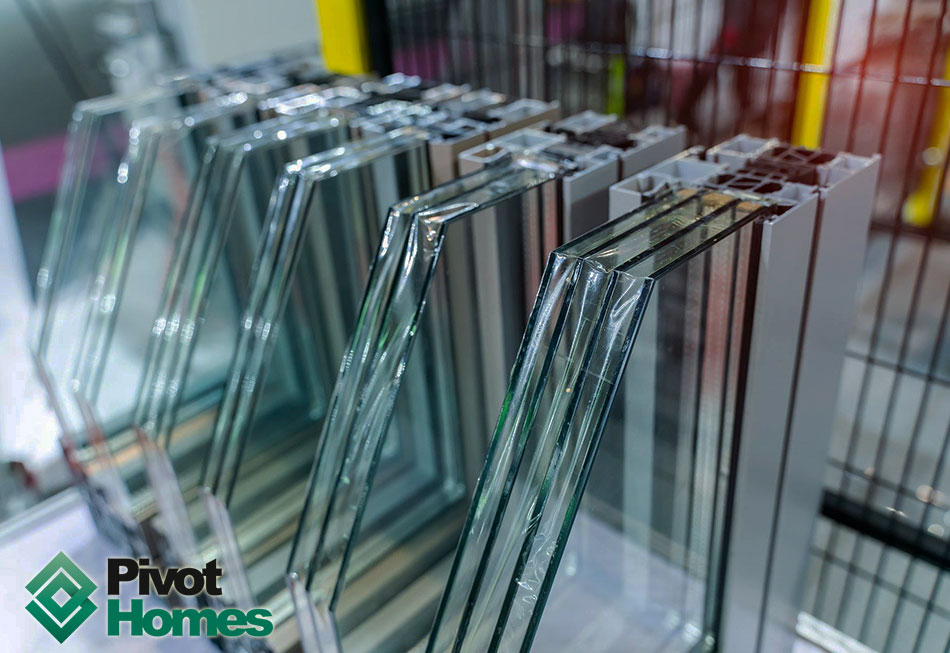All Categories
Featured
Table of Contents
Solace Creations: Home in Piesse Brook Western Australia
That window can transmit more solar heat in winter than in summertime. A west-facing window on a summertime's afternoon has an angle of incidence from near 0 up to 30 with a large efficient location of solar radiation. A north-facing window, in summertime, has a high angle of incidence and a low efficient location of solar radiation, so can transmit less heat than a west-facing one.

However you can quickly and quickly improve the thermal efficiency of your home by replacing your windows. This is among the most efficient methods of restoration to attain improved thermal comfort. There are countless types of glass and frames to select from. Choosing the best ones is very important to improving the energy effectiveness of your house.
The Ultimate Guide To Double Glazed Windows in Mahogany Creek Western Australia
Single glazing with clear glass is not very effective when it comes to heat loss or gain. To improve performance, you can use single glazing with a more energy-efficient type of glass such as low emissivity (low-e) glass.
The energy efficiency of IGUs likewise depends on: the homes of each layer of glass. Different glass types (for example, clear and low-e glass) can be put together in an IGU.
Plastic Window Frames - Best Plastic Double Glazed ... in Karawara Western Australia

IGU cavities can be filled with air or a more inert, low-conductivity gas such as argon the width of the cavity. Cavity density is typically 6 to 18mm. Wider cavities provide lower (better) U values, with 12mm usually accepted as the favored space how well the cavity is sealed. Cavities must be dry and well sealed to prevent wetness getting in.
If argon is installed to the cavity in place of air, moisture is dependably excluded the level of desiccant (drying representative). The spacer (metal or polymer strip) that separates the glass layers consists of a desiccant to take in any wetness. Insufficient desiccant may trigger wetness to condense on the glass surface in cold conditions, lowering thermal performance.
Double Glazed Windows Sydney in Yangebup WA
IGUs can provide much better energy efficiency for all environments, particularly in heated and air-conditioned houses. Cross-section information of single, double and triple-glazing systems Low emissivity glass (typically known as low-e glass) minimizes heat transfer. Low-e glass may be either high or low transmission: High transmission low-e glass has a covering that enables daylight from the sun to pass into your home to accomplish great solar heat gain, but reduces the amount of the long wavelength infrared heat that can get away back through the window.
Low-e glass has either a pyrolytic finishing or a vacuum-deposited thin film metal finish. Pyrolytic finishes are long lasting and can be used for any glazing; vacuum-deposited coverings are soft and are only utilized within IGUs. Low-e coverings can considerably enhance both U value and SHGC; nevertheless, they should be utilized correctly or they will either degrade or fail to perform as needed.
How Double Glazing Can Help Keep Your Home Cool In ... in South Fremantle Perth
Low-e finishes can be used in mix with clear, toned or reflective glass. Low-e finishes on glazing can lower heat transfer where required Picture: Department of Market, Science, Energy and Resources Toned glass has actually colouring ingredients consisted of during manufacture. It is offered in various colours, typically bronze, grey, blue and green.
Table of Contents
Latest Posts
Types Of Glazing For Your Windows, Explained in Wembley Downs WA
Single Vs Double Vs Triple - Which Window Is Right For Your ... in Eden Hill WA
Why Install Stunning Double Glazing Windows During Summer? in South Guildford WA
More
Latest Posts
Types Of Glazing For Your Windows, Explained in Wembley Downs WA
Single Vs Double Vs Triple - Which Window Is Right For Your ... in Eden Hill WA
Why Install Stunning Double Glazing Windows During Summer? in South Guildford WA